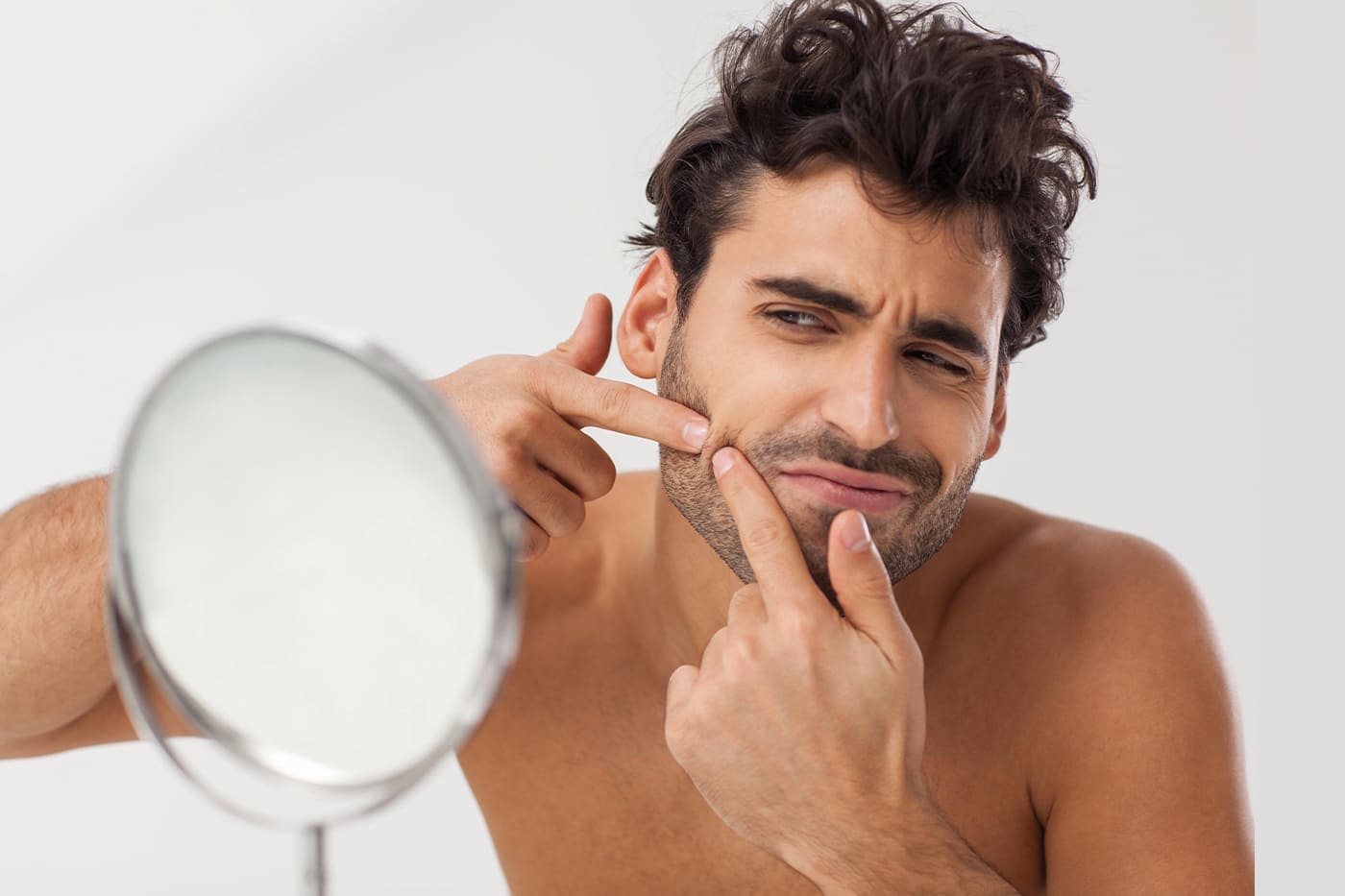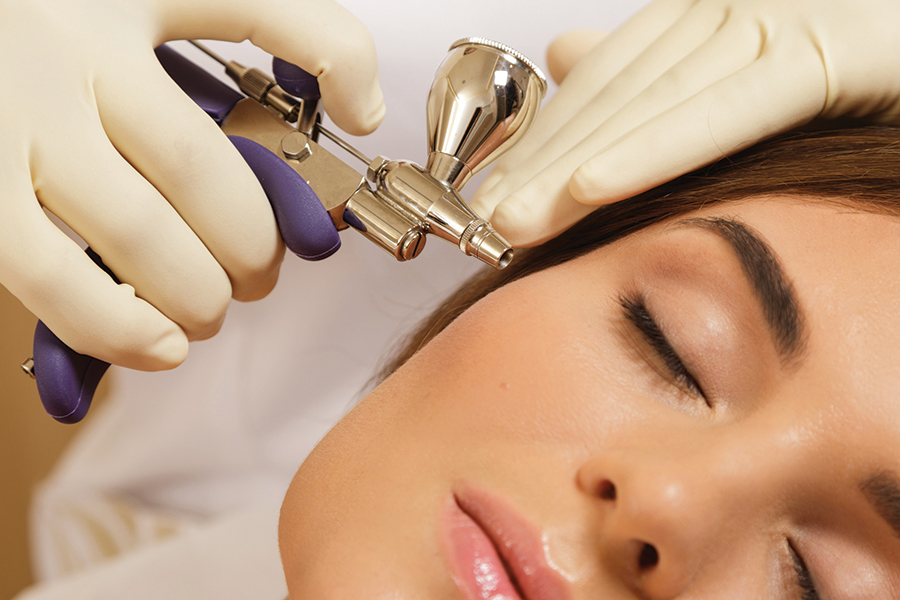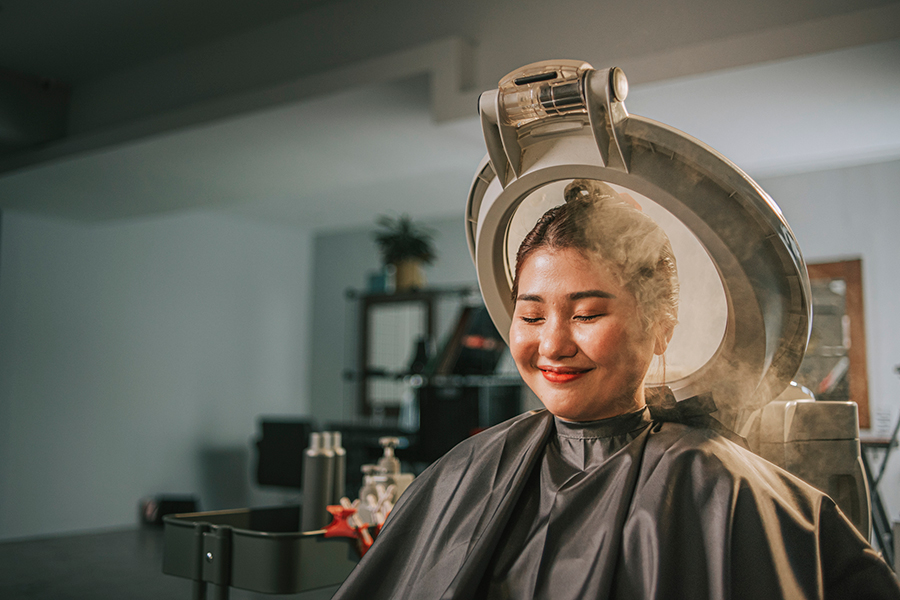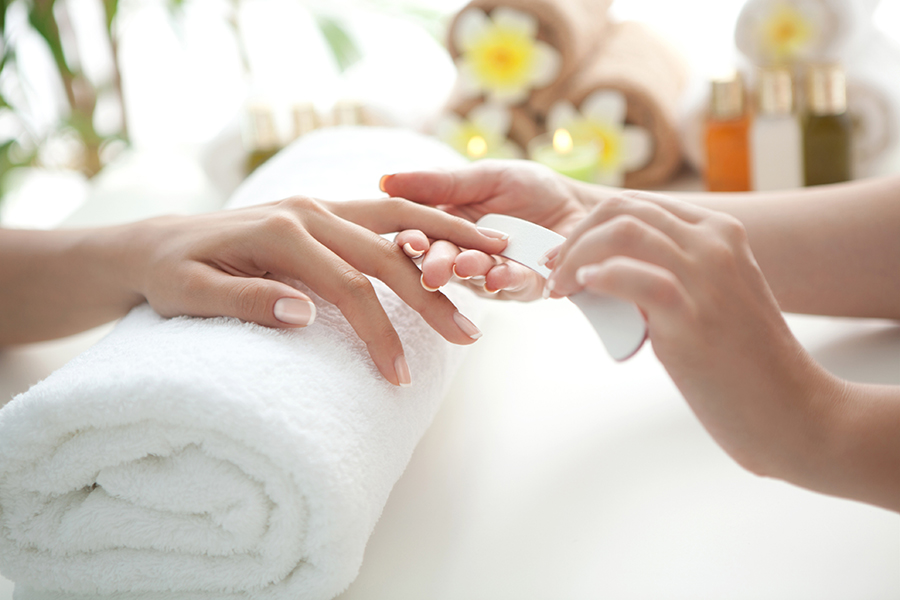Find answers to your most common questions about male acne.
The pandemic graph is steeping downwards, and masks are gradually being taken off around the world. This naturally is drawing the clients back to their favourite salons in many of the cities. But the unmasking has left an unsightly skin problem behind – maskne!
Whether maskne or acne, it is one problem that men find difficult to deal with, thanks to their beard. There are several gender neutral or men’s skincare products available for this, besides professional products and treatments/ facials that salon’s offer to cure acne. However, these treatments can work wonders when done in sync with the apt medical guidance.
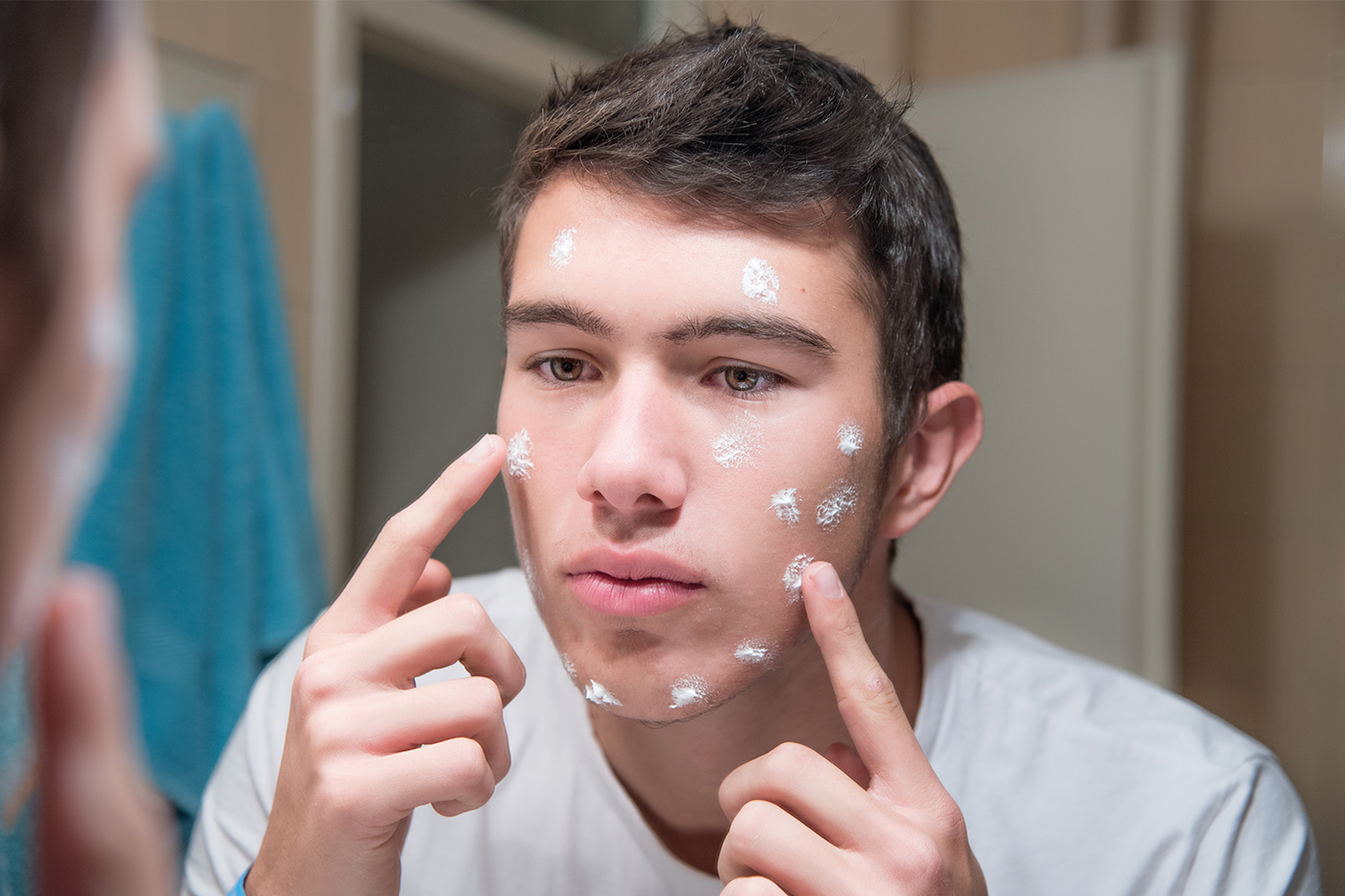
StyleSpeak spoke with renowned dermatologist Dr. Shefali Trasi Nerurkar,Consultant Dermatologist, Dr Trasi Clinic and La Piel Skin Clinic to get detailed insight on male acne.
Here she answers the most common acne-related doubts that your clients may have.
SS: How common is adult male acne? In which age group?
Dr. Shefali Trasi Nerurkar: Adult male acne is seen commonly after 30 years of age. Earlier it was not very commonly seen. However with the changing lifestyles we, dermatologists routinely come across such patients in our OPDs. It can also be due to increased awareness amongst the male patients to look their best.
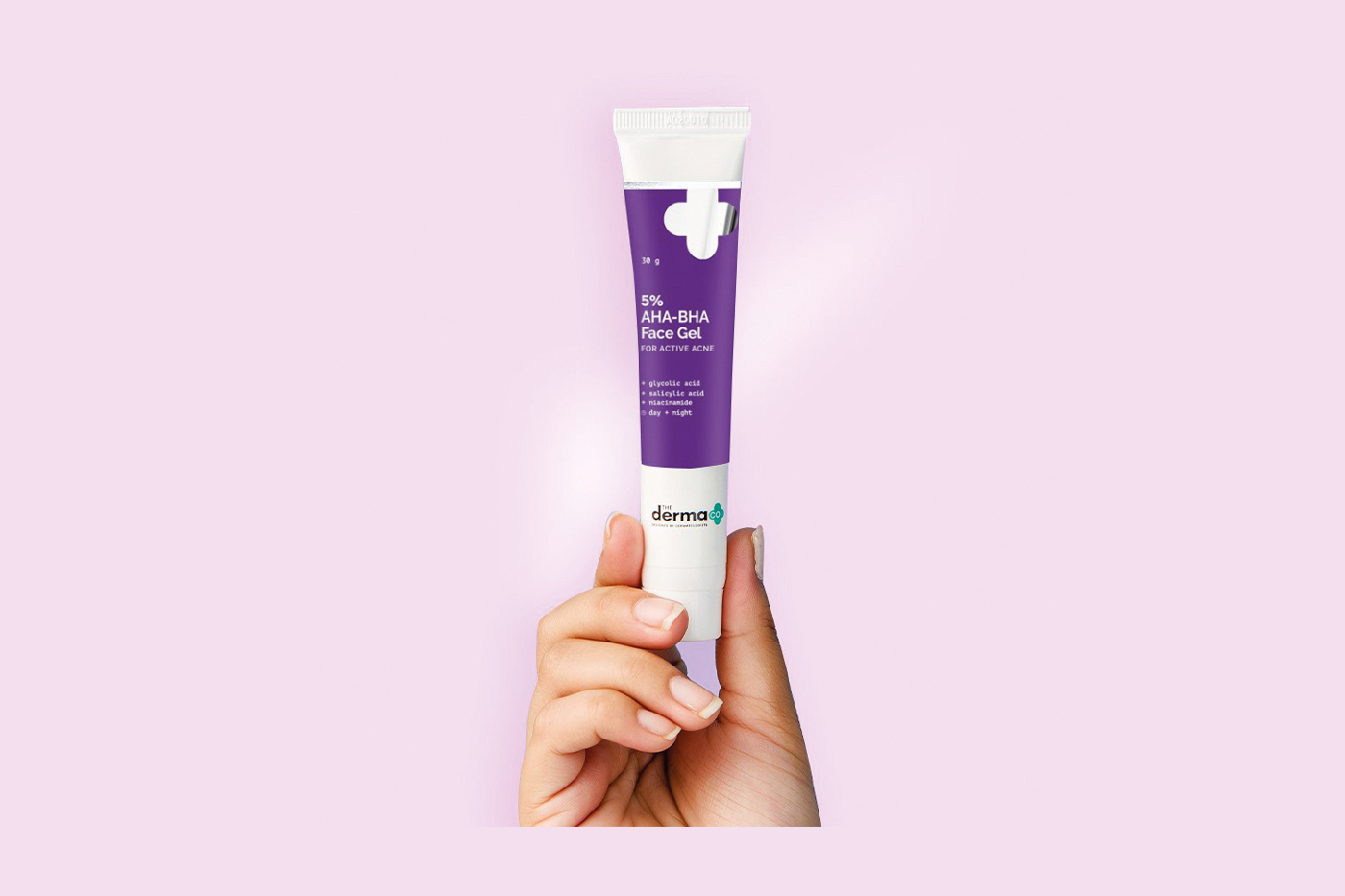
Dr. Shefali Trasi Nerurkar,Consultant Dermatologist, Dr Trasi Clinic and La Piel Skin Clinic
What are the major causes of acne in men?
The main causes of acne at such age can be due to-
- Hormones- excess secretion of sebum production by male hormones leads to increased chances of acne. More the sebum production— more the chances of pore clogging…with development of infection of the clogged pores leading to acne.
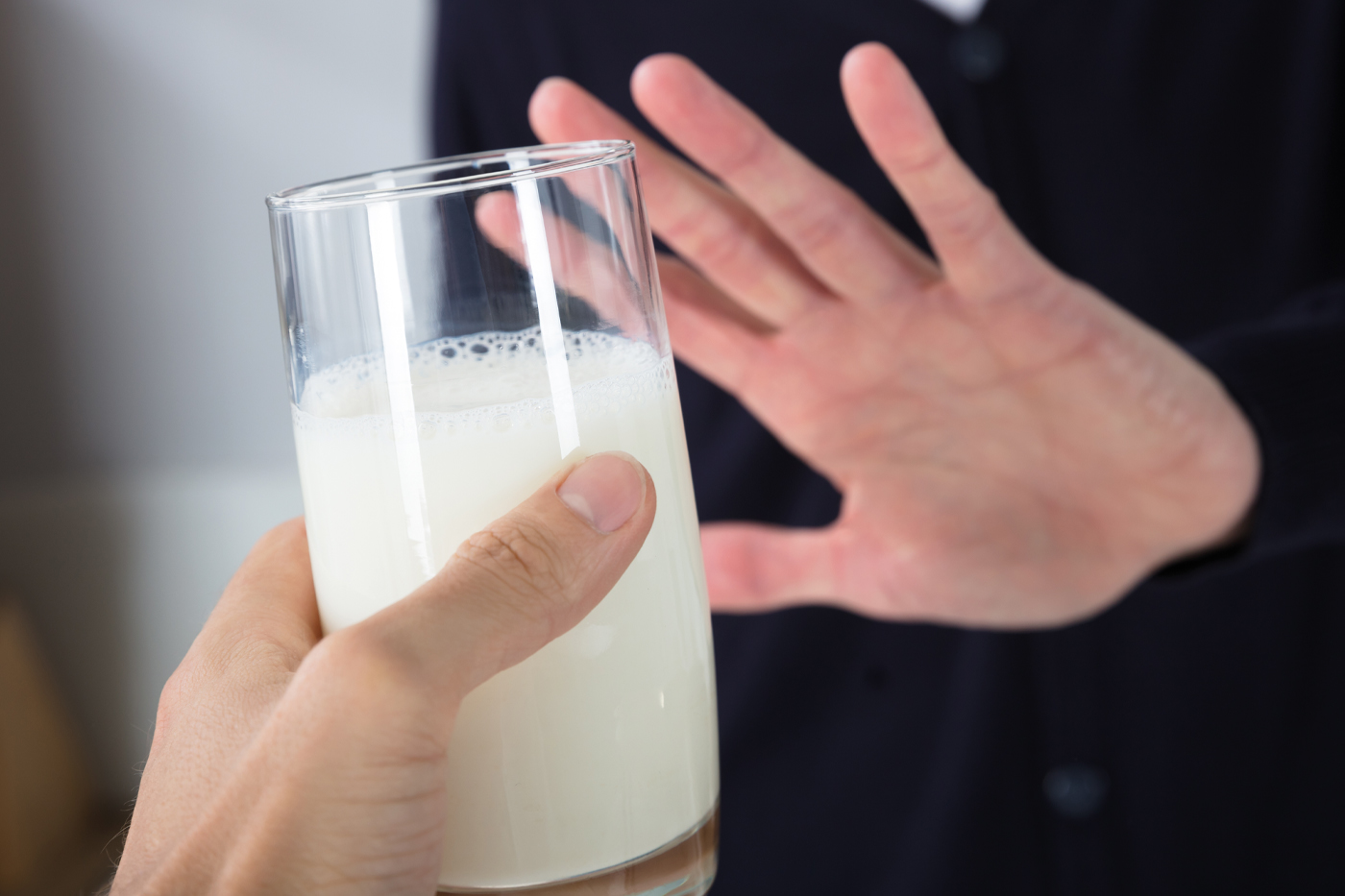
- Inappropriate diet- Intake of excess sugars, oil foods and milk or milk products are known to trigger acne.
- Excess sweating- can again clog the pores and lead to acne. Hence cleansing the face after a gym session or taking a bath after coming home from work is extremely essential for men who sweat a lot
- medications- certain medications are known to give acne if pen eruptions on the face. In such case, it’s always better to change the medicines if there are better alternatives.
At what stage is it necessary to consult a dermatologist?
If the patient develops more than 5 cystic acne or many small comedogenic acne it’s advisable to visit the dermatologist. An early visit is always preferred as it can prevent the complications such as acne scarring and hyperpigmentation seen at the end of such acne.

What is the appropriate treatment? Products?
In case of comedogenic pimples, salicylic acid or benzoyl peroxide gels are used. However in case of erythematous or pus filled pimples it’s essential to use antibiotics such as clindamycin, dapsone, mupirocin. In case of severe infection, oral antibiotics may be required. Oral retinoids are required in case of excess sebum production.

Are there any simple tips salons can give their clients to keep acne under control or minimise it?
- Simple cleansing and toning is extremely essential for any skincare.
- In case of oily skin, one can recommend retinol serums.
Treating Acne can be a challenge. Blending salon treatments with the valuable tips provided by the dermatologist will give your client a satisfactory result.

